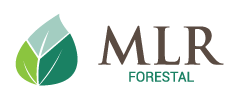News
MLR Forestal develops new cocoa profiles to expand markets
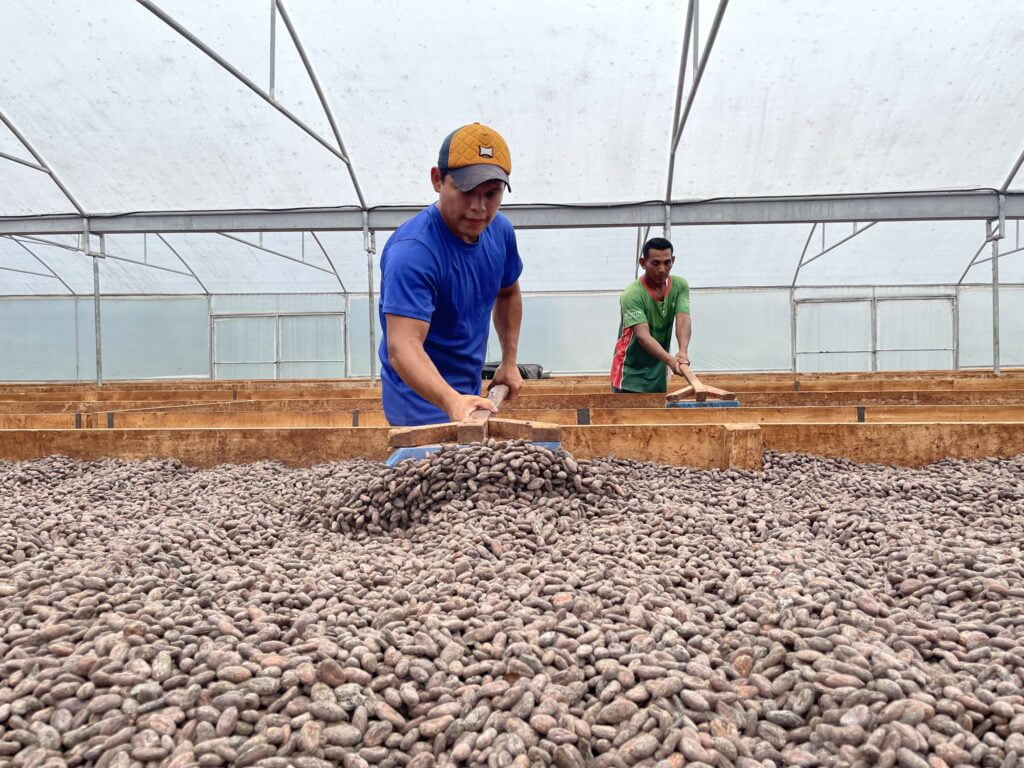
The sustained growth in cocoa production at MLR Forestal has led the company to innovation. In the words of Franklin Talavera, head of postharvest, “protocols and processes are being developed that allow us to generate new flavor and aroma profiles for the search for markets. The company is growing in volume and we must think about other potential buyers of cocoa.”
This growth is manifested in the numbers provided by the specialist. “The first three months of 2023 in post-harvest we received an average of 25 thousand kilos. In April, 27 thousand kilos and in May, 37 thousand kilos, this is before drying the cocoa. For the year the expectation is to reach 137 dry tons.”
But it all starts with the type of cocoa grown at MLR Forestal. For example, the Trinitarian varieties ICS 95, EET 95, EET 800, EET 801, UF 221, UF 61 and UF 667; all of them are fine and aromatic cocoa, of high productivity. “It is that quality that allows us to access competitive markets,” says Talavera.
When the cocoa is harvested in the cultivated areas, it is transported to the company’s headquarters in Siuna. This is done weekly and the harvest is received from four farms that are in the producing stage, three from Siuna which are La Bú, Waspado, Danlí and one from Bonanza, El Chingo. Then begins the fermentation that lasts five or six days and the drying that extends for about nine days. The procedure takes approximately fifteen days.
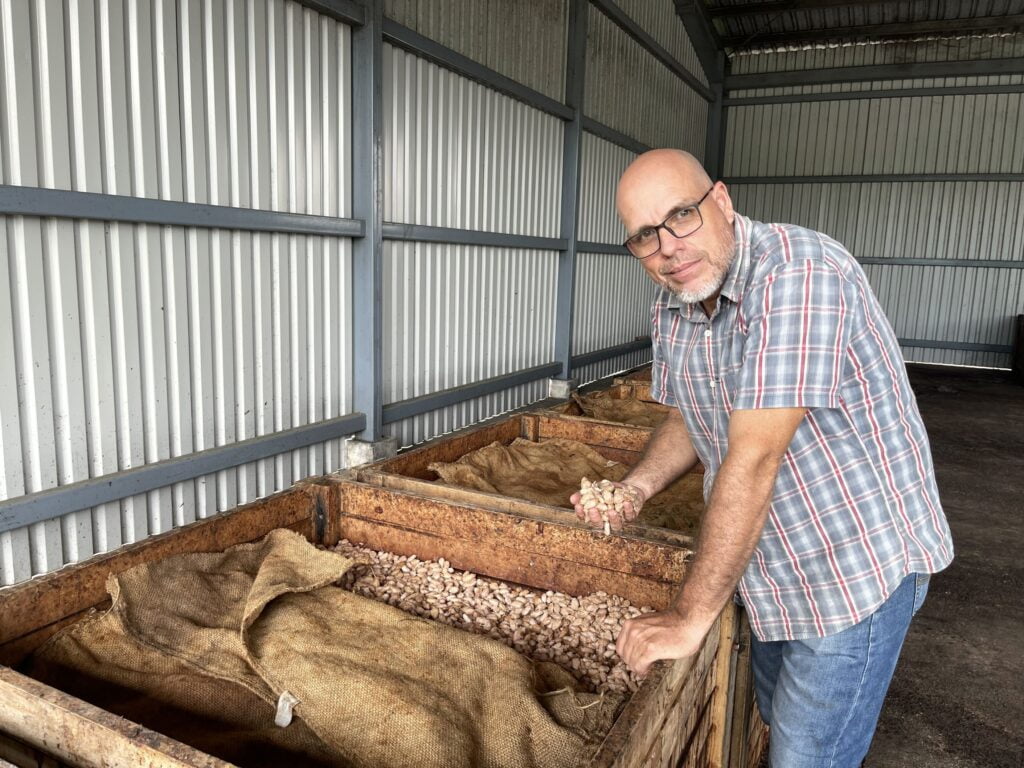
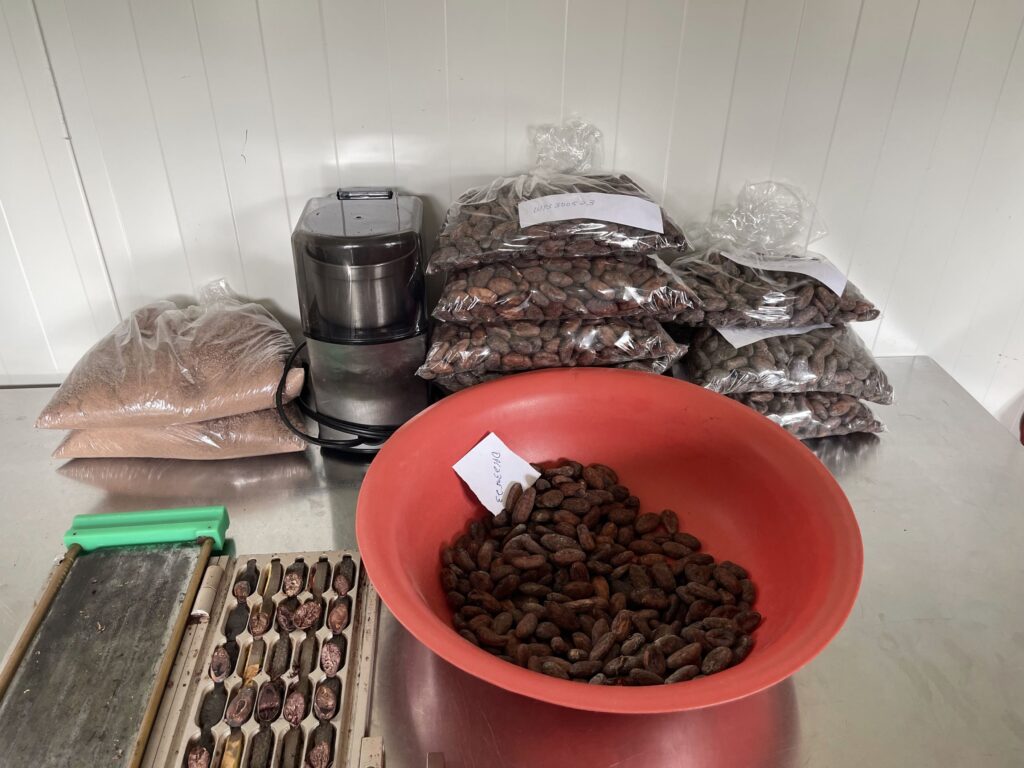
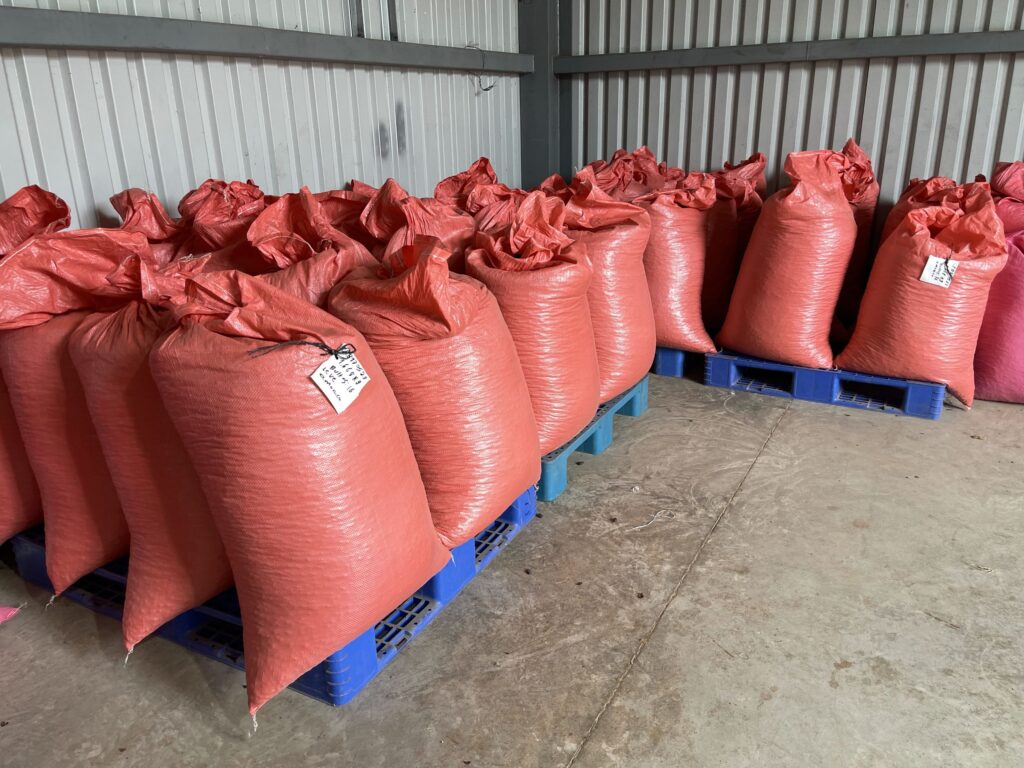
New protocols: Cocoa sweeter, more fermented and dried faster
Talavera explained that the new protocols consist of applying a higher percentage of fermentation and drying the grain faster in search of a product that is “a little sweeter and that can generate notes of fine cocoa. However, this takes time because we apply the trial and error method and we also have a cupping panel. From the current protocol, two samples have been sent to customers in the United States and two more samples will be sent to two customers in Europe to know what they think of the cocoa profile.”
To find these new customers, the company contacts chocolatiers around the world to whom it sends a sample of the cocoa. “What is sent is a kilogram of grain product, fermented and dried. They (the chocolatiers) with their established techniques roast, grind and make the chocolate to see how it fits,” says Talavera.
In the post-harvest area, which includes fermentation, pre-drying, drying and storage, five operators led by Talavera work. This is the last season of MLR Forestal cocoa before being exported.
Share
